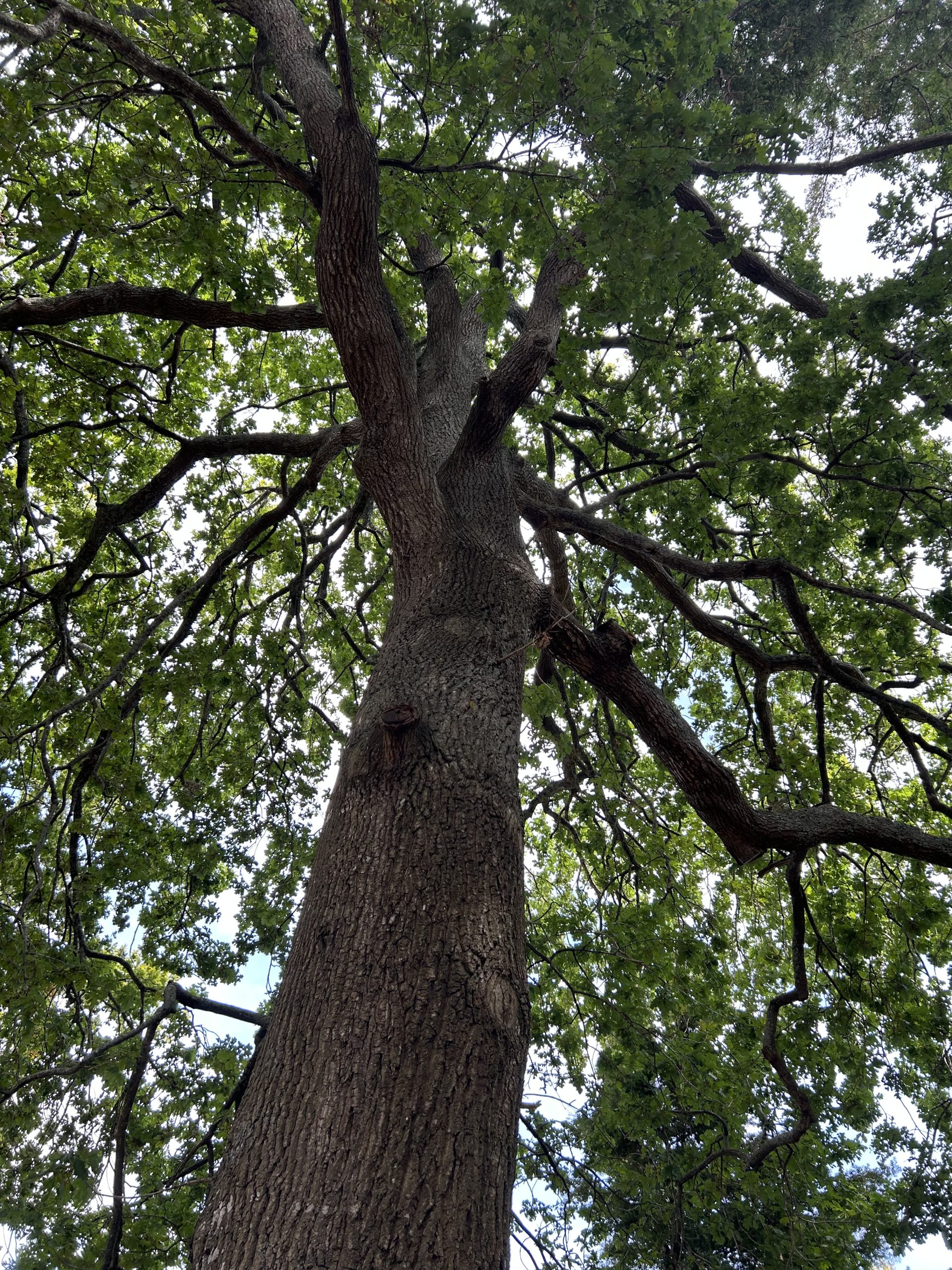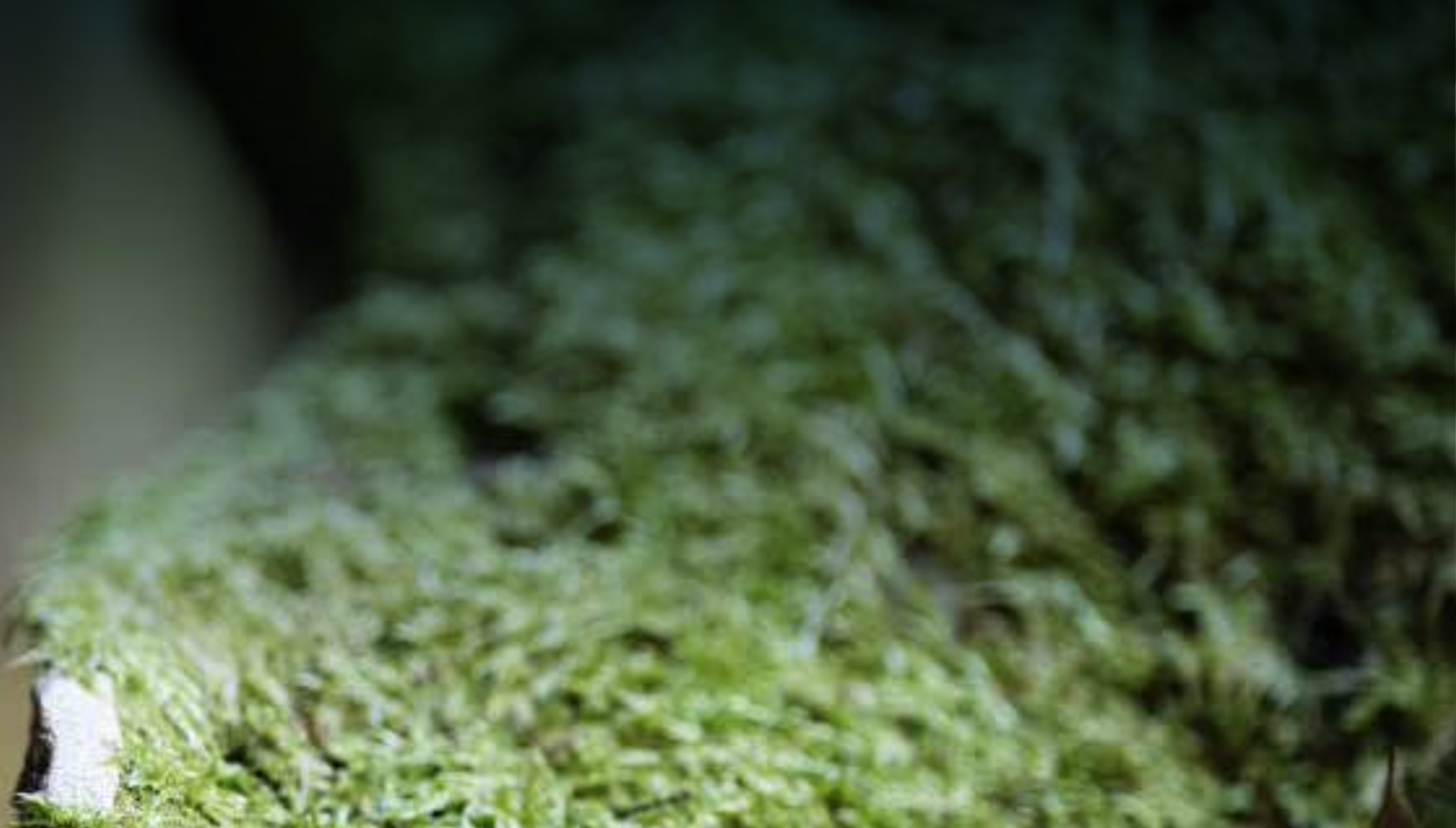Climate Change Minister James Shaw
Climate Change Minister James Shaw was in Marton on Tuesday 21 March for the opening of our Tāmata Hauhā offices and to view a local farm.
The day started with Tāmata Hauhā staff taking Minister James Shaw to a transitional forest on a farm in the hills near Shannon in Horowhenua which is owned by Pat and Marlene Anderson.
Minister Shaw said there were few models of transitional forestry around the country and that the one at Shannon showed there were ways to maximise a return on sequestering carbon, as well as growing natives. He said the business showed the very real changes people were making for the environment.
With any luck, the work Tāmata Hauhā was doing could be replicated elsewhere, but each region, including Whanganui, would have its own challenges for implementing it, Shaw said.
“Anything with a biological system is going to have regional variances, and so this really is about having the right trees in the right place”.
“It’s about bringing the science together with the economics and saying, “What is the model that works?”.
Following the visit to Shannon Minister Shaw alongside Dr Mike Paki officially opened the office of Tāmata Hauhā with a crowd of 50 people present to witness the occasion.
“It is a privilege and a very special opportunity to be here as you open this site today, because it’s where the theory meets reality,” Shaw said.
Tāmata Hauhā was established in 2021 and works primarily with Māori landowners to provide them with strategies and funding to develop their land holdings and make them more productive, primarily through forestry.
Tāmata Hauhā will provide the finance for preparing of the land, purchasing of trees, planting the trees, and managing the forest created, as well as carrying out all the administration, including dealings with Government departments and liaising with land ownership groups.
Founder and Chief Executive Blair Jamieson said the company was based in the Marton office but had developments all over the country, including four in the Whanganui region, two on Whanganui River Road, one in Pākaraka and one in Kai Iwi.
Developing some of the lands in the region had been a challenge, as the land they worked with was marginal land, which was in poor shape when they arrived, Jamieson said.
“We’ve turned up to places like up the Whanganui River, and you’ve got to clear the whole place of gorse and blackberry, so we go up there to remove all the pests and create opportunities for the whānau again”.
Contact details:
Lequan Meihana
Communications Manager
lequan@tamata.co.nz
0272091175



